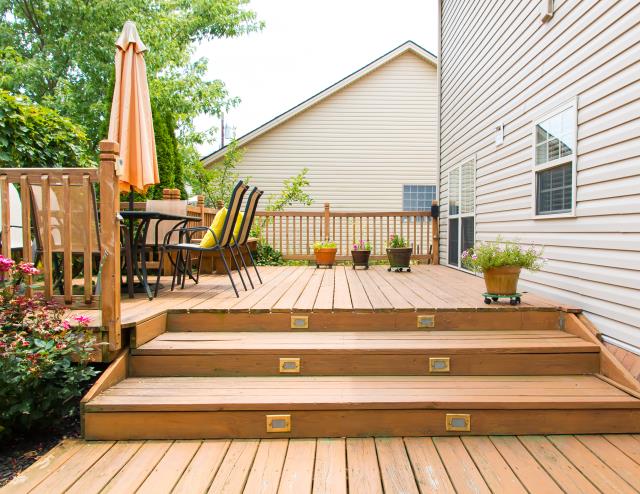By CAM LUCADOU-WELLS
GREATER Dandenong Council is set to make its third nibble at industrialising a green wedge area in Bangholme – at odds with its own report released last week.
Councillors adopted its Green Wedge Management Plan last Monday which enshrined non-industrial use in the green wedge.
The plan identified the flood-prone Harwood Road North area – bounded by Harwood Road, Frankston-Dandenong Road, EastLink and Eumemmerring Creek – as preferably used for agriculture, open space and recreational uses.
However, in the same motion, councillors also voted for starting an Industrial Change and Demand Study which would include the Harwood Road North precinct.
Cr Matthew Kirwan unsuccessfully moved to strike out the inclusion of the Harwood North precinct in the study.
He expected the pro-industrial push to be opposed by Melbourne Water, the EPA, Willow Lodge residents and Defenders of the South East Green Wedge – just as was the case when the council failed in a similar bid in 2011.
At the Urban Growth Boundary Anomalies inquiry, Melbourne Water opposed the council’s submission on the grounds it was within the Eastern Treatment Plant buffer zone.
“We need to stop banging our heads against a brick wall again and again and face up to the fact that this particular precinct – flood prone, next to the Eastern Treatment Plant (with the risk of accidental chlorine emissions), Willow Lodge and agricultural land – will never be suitable for industrial purposes,” Cr Kirwan said last week.
“There is plenty of other land in this region that will meet the growing needs of industry in the south-east.”
Cr John Kelly, in supporting the precinct’s inclusion in the study, said the council should keep its options open.
“We’re an industrial town which subsidises our rates to an enormous amount,” Cr Kelly said.
“Let’s have the study. Let’s see what comes back and make the decision then.”
Of the plan’s 20 public submissions from Bangholme residents, eight sought for the precinct’s conservation and eight sought more moderate, commercial or residential development.
Just four supported more industrialisation.






